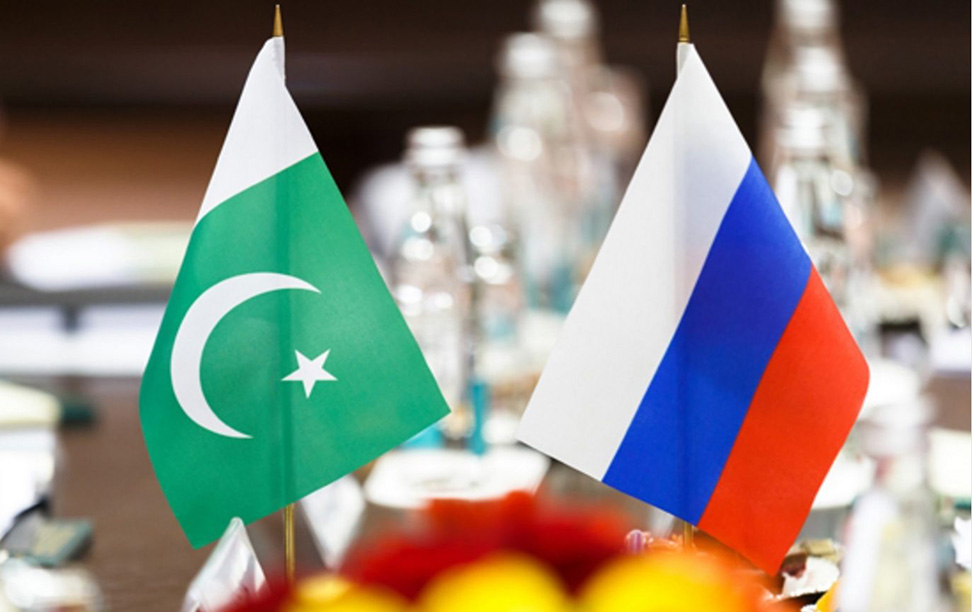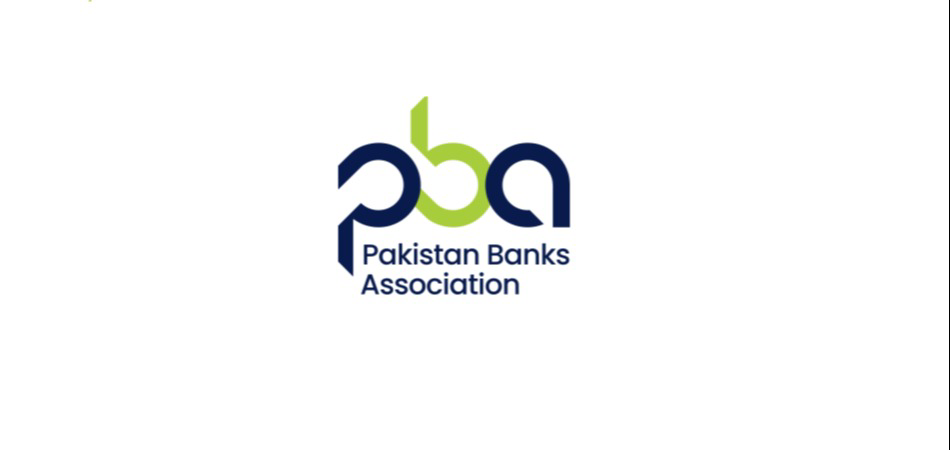Budget FY24 lacks sustainable vision

Muslim Reza Mooman | June 10, 2023 at 08:08 AM GMT+05:00
June 10, 2023 (MLN): With an outlay of Rs14.46 trillion, the Pakistani federal budget for 2023–2024 reportedly aims to put Pakistan on a path toward progress and development and seeks to address the difficulties in the post–COVID era.
Increasing economic growth, creating jobs, enhancing social protection, enhancing infrastructure, promoting agriculture, and bolstering national security are among the top priorities for the upcoming fiscal year. The government envisages a deficit of Rs6.9tr which is 82% higher than last year and has a sizable provision of Rs7.3tr for interest and debt payments.
The budget projects a 3.5% GDP growth rate, Rs9.2tr in tax collections, a fiscal deficit of 6.5% of GDP, and a 21% inflation rate.
These above targets and an over-ambitious attempt to grow tax revenue by nearly 30% in an already contracted economy are overly optimistic and do not represent the actual state of the economy, which is still reeling with the Covid-19 pandemic's effects, supply-side constraints, a high debt burden coupled with low productivity rate.
The budget is lopsided and unsustainable since it makes extensive use of borrowing and non-development spending. The allocation for interest payments and debt servicing is more than half of the total expenditure and almost equal to the net revenue receipts.
Resultantly, Pakistan will have to borrow more to pay its existing debts, continuing to push us deeper into the vicious cycle of the debt trap.
While the optics of a 0.4% Primary Surplus is in line with being fiscally prudent, deleveraging debt, and keeping IMF hopes alive, the budget completely disregards Pakistan's external challenges and risks, including global oil price volatility, erratic geopolitical environment, and structural imbalances. Prima facie it looks that most of these projections are unrealistic and are likely to be missed by a wide margin.
Keeping up with the tradition the budget is inequitable and regressive; favoring the rich and powerful at the expense of the poor and vulnerable. It continues to tax the already salaried and documented class.
Collection targets have been scaled up significantly with little initiation to widen the tax net. Agriculture and Export sectors continue to be showered with tax breaks with no linkage to their real contribution to the economy. Those already burdened are going to be taxed at a much higher rate with super tax extending to 10% of profits thus making the compliant pay more.
An attempt has been done to provide relief to the listed companies (usually loss-making) by reducing the turnover tax from 1.25% to 1% but that's hardly a reason to celebrate.
Vote-winning tactics continue to take center stage via a symbolic relief for the under-30 entrepreneur youth via tax relief coupled with 100,000 free laptops to rally the student vote bank. The halfhearted attempt to give tax credits to people constructing houses is not enough to jump-start the ailing construction sector.
The tacit dollar amnesty for those remitting $100,000 per year in Pakistan is an attempt to tide the boat over without structural reforms in the interim period that the new government comes in to which the IMF may be willing to talk to and re-start the negotiating with IMF again.
What needs to be seen is the amount of Black money that would be rerouted back into the country and which sector (probably real estate) would it fuel to kick-start the economy. Fear remains that this may draw the wrath of the Financial Action Task Force (FATF) in terms of fresh sanctions.
On the positive, allocation to Public Sector Development Programme (PSDP), is an increase of 27% from the previous year to Rs2.1tr. It envisages funding various projects in infrastructure, energy, water, agriculture, industry, education, health, and digitalization sectors.
The substantially increased allocation has been made for the flagship social safety net Ehsaas Programme, which provides cash transfers, health insurance, education stipends, interest-free loans, and other benefits to the poor and vulnerable segments of society.
Also, the minimum wage has been increased to Rs32,000 per month, which will benefit the masses with enhanced allocations for the health and education sectors. Continuing incentives provided to the IT sector to spur growth in exports of services is a cause of rejoice; only if we learn some lessons from the troubled textile exports and implement them in letter and spirit.
To create a new source of tax, non-filers would pay higher on card-based transactions, cash withdrawals from the bank, and higher tax on Bonus issuances, are steps in the right direction. Interesting would be to see how the government treads on the path of taxing firms' profits from "exogenous" factors for the period 2019 to 2023. Which sectors would be impacted and would there be a long-drawn legal battle causing the exchequer more harm than good is a question worth pondering.
The federal budget FY24 fails to address the economic and social challenges that the country faces. It is based on unrealistic assumptions, favors the elite over the masses, and relies on borrowing over revenue generation. Being an election year, there is overzealousness on the expense side which is a recipe for inflation and would not bode well for the economy in the long term.
Overall, it does not reflect a vision or a strategy for sustainable growth and development and the path seems to have been set for a mini-budget to be introduced as the new government takes over later this calendar year.
By Muslim Reza Mooman, CFA
The writer is a student of Behavioral Finance, a Visiting Faculty at IBA, and a Treasury & Wealth Management Professional who is passionate about AI, Biotech startups and Business Process Reengineering.
Related News
| Name | Price/Vol | %Chg/NChg |
|---|---|---|
| KSE100 | 136,502.54 259.91M |
1.64% 2202.77 |
| ALLSHR | 85,079.90 838.35M |
1.26% 1061.74 |
| KSE30 | 41,552.62 97.27M |
1.81% 738.33 |
| KMI30 | 193,330.76 84.69M |
0.39% 741.60 |
| KMIALLSHR | 56,315.31 366.02M |
0.43% 243.06 |
| BKTi | 38,498.08 37.91M |
4.13% 1526.33 |
| OGTi | 28,138.38 5.66M |
-0.36% -101.89 |
| Symbol | Bid/Ask | High/Low |
|---|
| Name | Last | High/Low | Chg/%Chg |
|---|---|---|---|
| BITCOIN FUTURES | 120,095.00 | 123,615.00 118,675.00 |
1565.00 1.32% |
| BRENT CRUDE | 69.14 | 71.53 69.08 |
-1.22 -1.73% |
| RICHARDS BAY COAL MONTHLY | 97.50 | 0.00 0.00 |
0.25 0.26% |
| ROTTERDAM COAL MONTHLY | 106.50 | 106.60 106.50 |
-2.20 -2.02% |
| USD RBD PALM OLEIN | 998.50 | 998.50 998.50 |
0.00 0.00% |
| CRUDE OIL - WTI | 66.89 | 69.65 66.84 |
-1.56 -2.28% |
| SUGAR #11 WORLD | 16.31 | 16.67 16.27 |
-0.26 -1.57% |
Chart of the Day
Latest News
Top 5 things to watch in this week
Pakistan Stock Movers
| Name | Last | Chg/%Chg |
|---|
| Name | Last | Chg/%Chg |
|---|



